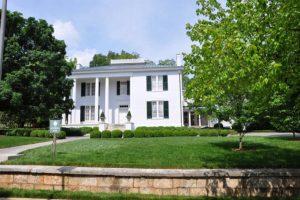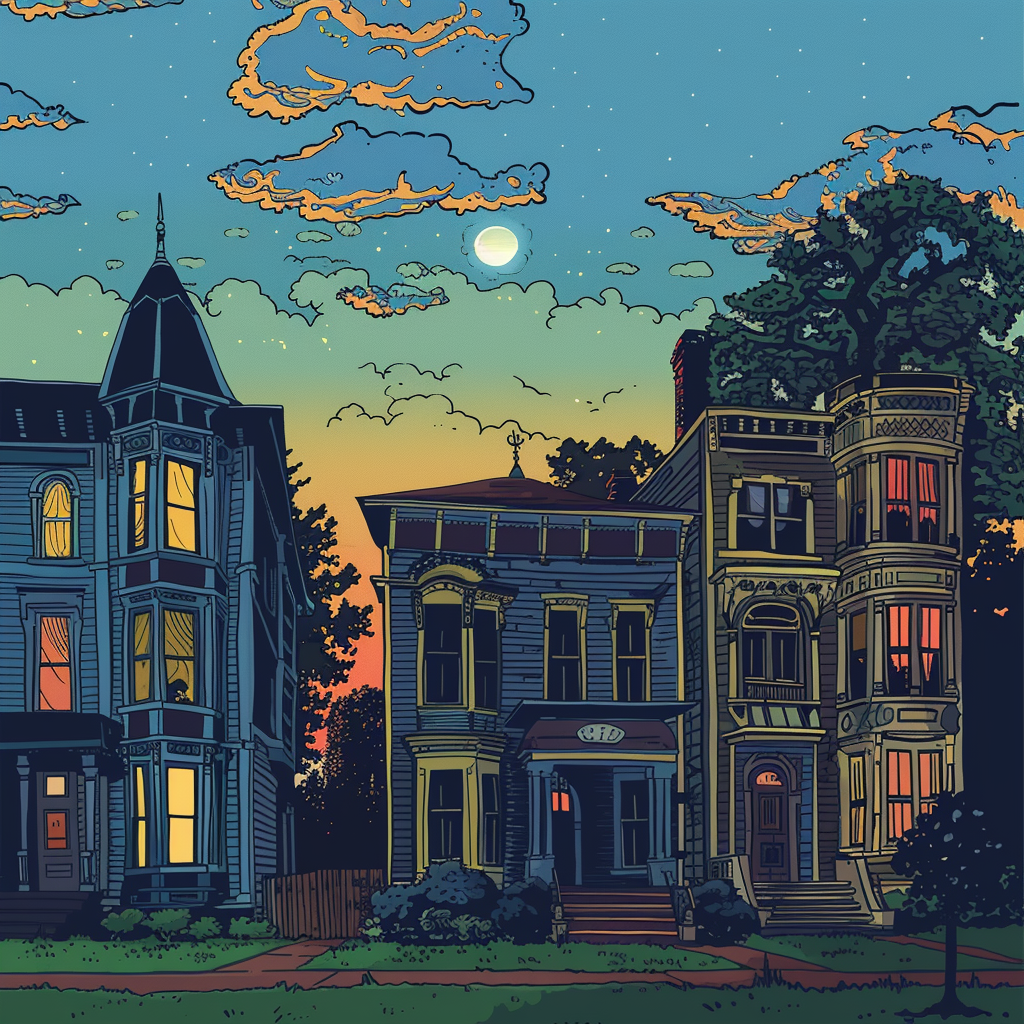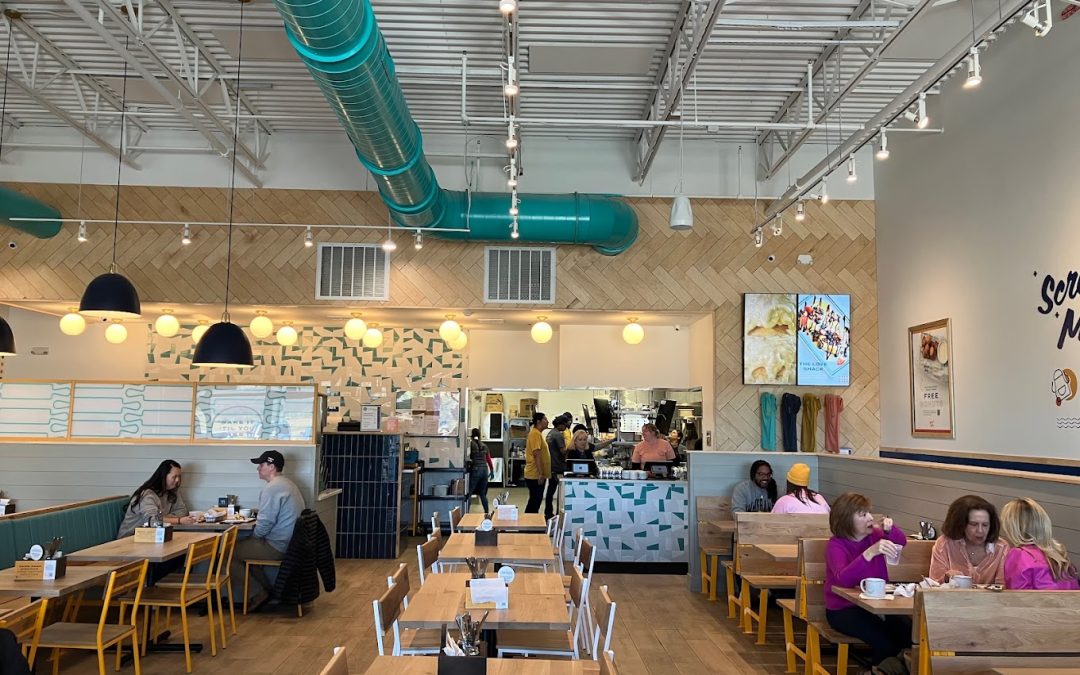Huntsville, Alabama, boasts a rich tapestry of history, woven into the very fabric of its buildings. Step beyond the ordinary and embark on a journey to discover three captivating houses, each whispering tales of intrigue, architectural oddities, and a touch of historic inspiration.
The Spite House: A Tale of Purposeful Placement
Our exploration begins at 311 Lincoln Street SE, where the aptly named “Spite House” stands proudly. To understand its story, we must first delve into the history of another house – the former residence of LeRoy Pope, known as the “Father of Huntsville.” Built in 1814, this stately mansion, possibly the oldest in Alabama, boasts a unique characteristic – it faces neither of the streets it borders. Instead, it’s positioned at an angle, offering a direct view of Big Spring, the heart of the city at the time.
Fast forward to 1824, when Joshua Cox decided to build his residence. The resulting structure, now known as the Spite House, possesses an undeniable peculiarity – its ceilings soar to an extraordinary height, reaching 14 feet on the first floor and a staggering 16 feet on the second. This seemingly random design choice served a very specific purpose. The extra height deliberately blocked the view of the Pope Mansion from downtown, earning the house its infamous moniker. A story of strategic placement and perhaps a hint of neighborly rivalry.
The Backward House: A Case of Miscommunication
Next, we head to 517 Adams Street SE, where a curious residence awaits. The “Backward House” is a testament to the importance of clear communication in construction projects. Built-in the late 1840s for William McDowell, the house presented a rather perplexing sight upon his return from a European tour. While the construction adhered faithfully to the plans, a crucial detail was overlooked – the house was built backward! Imagine McDowell’s surprise upon discovering his grand entrance facing the wrong direction.
Determined to salvage the situation, columns were added in 1925 to enhance the curb appeal of the “back” side of the house. Interestingly, during the Civil War, when Union forces occupied Huntsville, General Ormsby McKnight Mitchell chose this very house, the “Backward House,” as his headquarters. A testament to the house’s unique charm, even with its accidental architectural quirk.

Photo from the Huntsville History Collection. Source: Top 3 Historic Huntsville, Alabama Homes To See
The Salem Witch House: A Transatlantic Tribute
Our final stop takes us on a metaphorical journey over 1,000 miles and 300 years back in time. The haunting Salem Witch Trials of colonial Massachusetts hold a prominent place in American history. The only remaining house with a direct connection to these events is the Jonathan Corwin House, also known as the Witch House. This structure now serves as a museum, a chilling reminder of a dark period.
But how does this infamous house from Salem find itself in Huntsville? In 1995, Rick and Dale Rhoades, captivated by the Witch House’s history and architecture, embarked on an ambitious project. Within the Old Town Historic District, they meticulously recreated an almost replica of the Corwin House. A tribute to a piece of American history, albeit a rather unsettling one, the Huntsville Salem Witch House stands as a conversation starter and a testament to historical fascination.
Explore Huntsville’s Storied Past
Huntsville’s captivating houses are more than just bricks and mortar; they are silent storytellers waiting to be discovered. Immerse yourself in the city’s rich history by joining a ghost walk in September or October, or embark on a historical tour offered by the Huntsville/Madison County Convention & Visitors Bureau in April and October. Step outside the ordinary and explore the hidden stories etched in the very foundation of Huntsville’s architectural landscape. There’s a unique tale waiting to be unearthed around every corner. So, lace up your walking shoes, pack your curiosity, and embark on a historical adventure through Huntsville’s captivating streets!






